latest
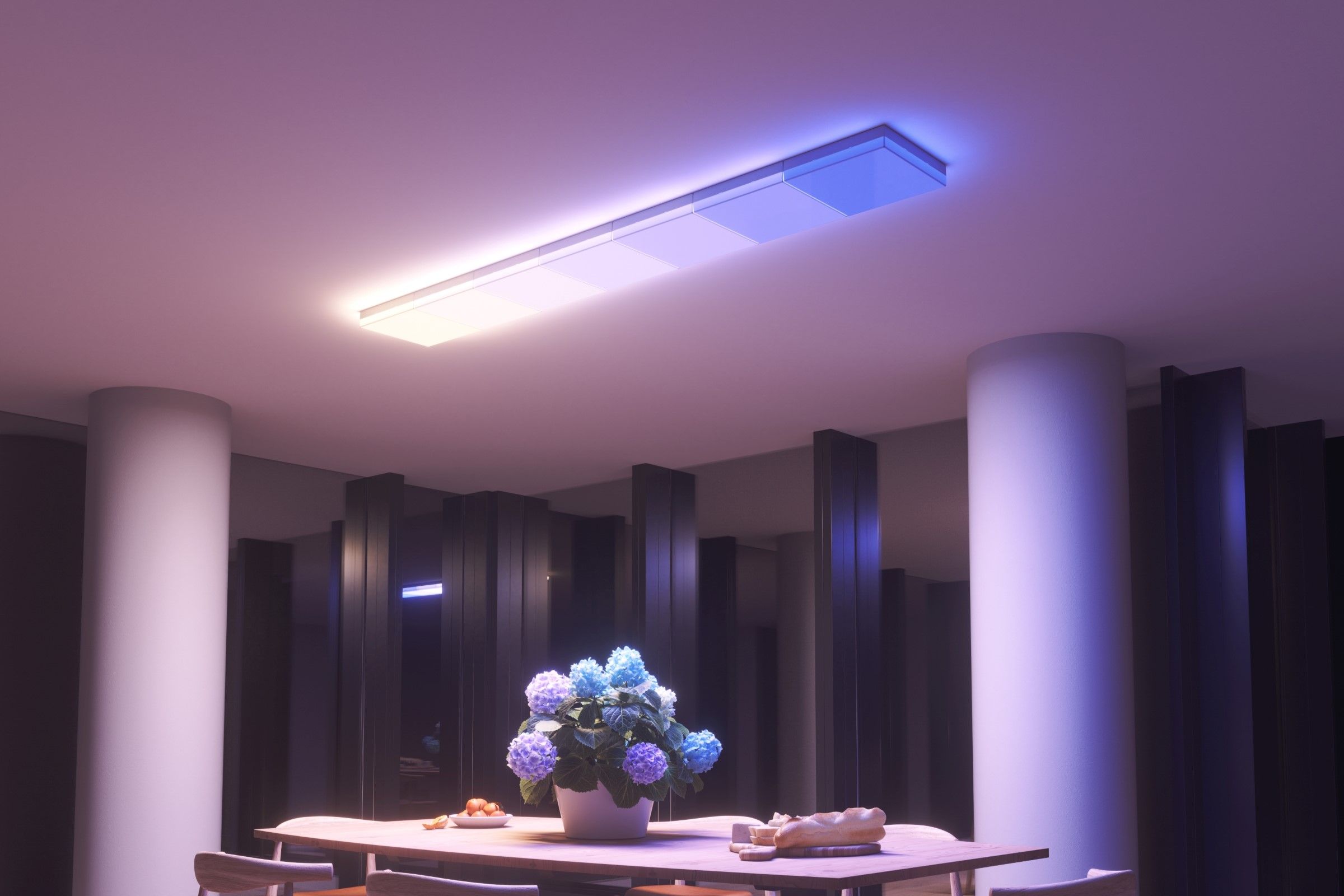
Nanoleaf's first ceiling lights go above and beyond walls
We're also getting an immersive TV backlight system
We've heaped plenty of praise on Nanoleaf — one of the best names to have in your smart home — for its vivid geometric tile lights you can mount on your walls to give any room the right mood anytime. With the Matter interconnectivity standard firmly established and CES 2023 on, the company is officially taking those tiles to places they haven't actually gone before.
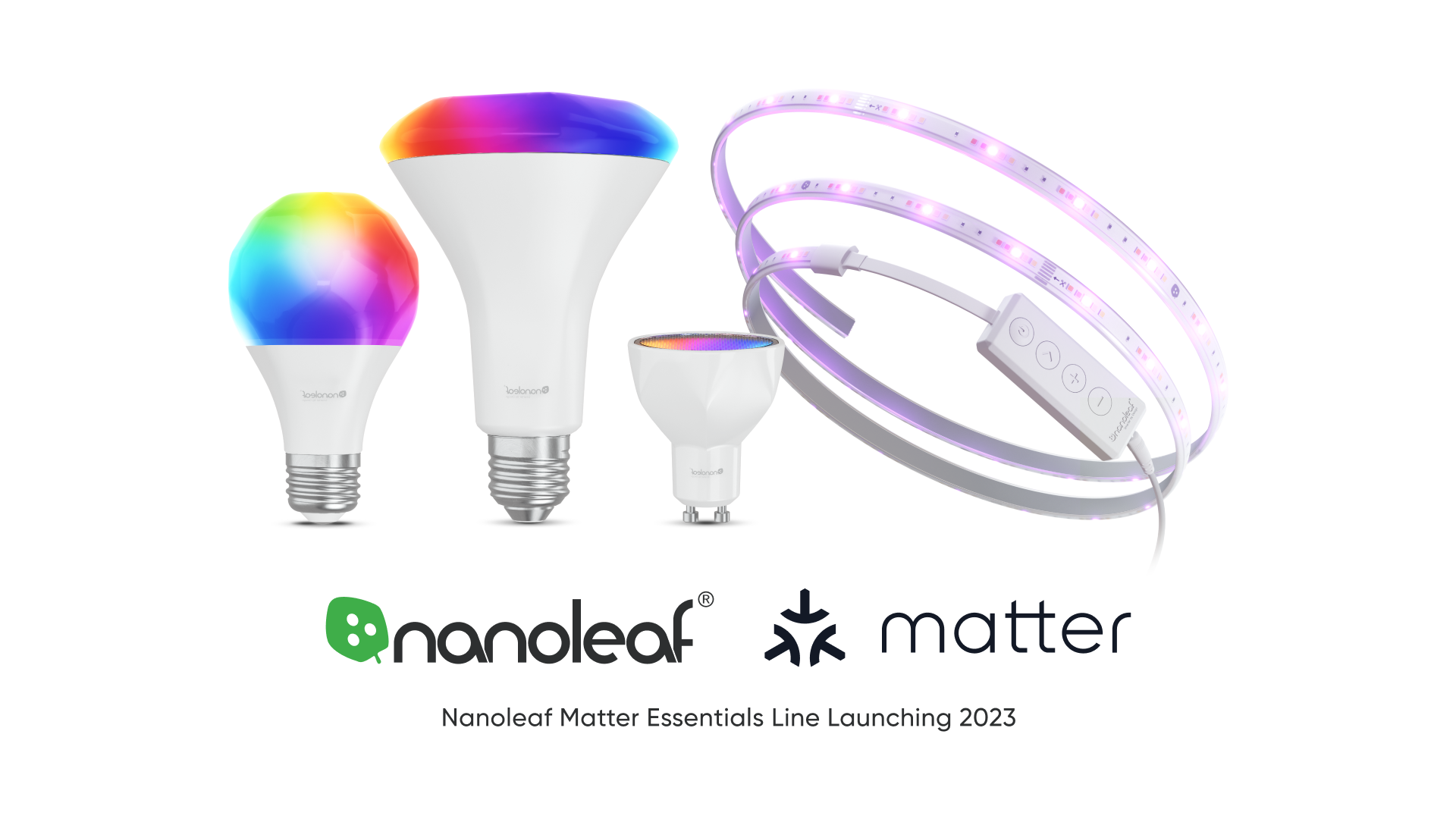
Nanoleaf announces its first Matter-enabled lighting products, launching 2023
These are ordinary bulbs and lightstrips, though, not Nanoleaf’s iconic wall shapes
Nanoleaf is probably best known for its geometrically shaped accent lights mounted on the walls of many YouTubers, but the company also offers great regular smart bulbs and light strips for those of us who are just a little less eccentric. These products will also be among the first to support Matter, as Nanoleaf announced as part of the big November 3 Matter launch event in Amsterdam.
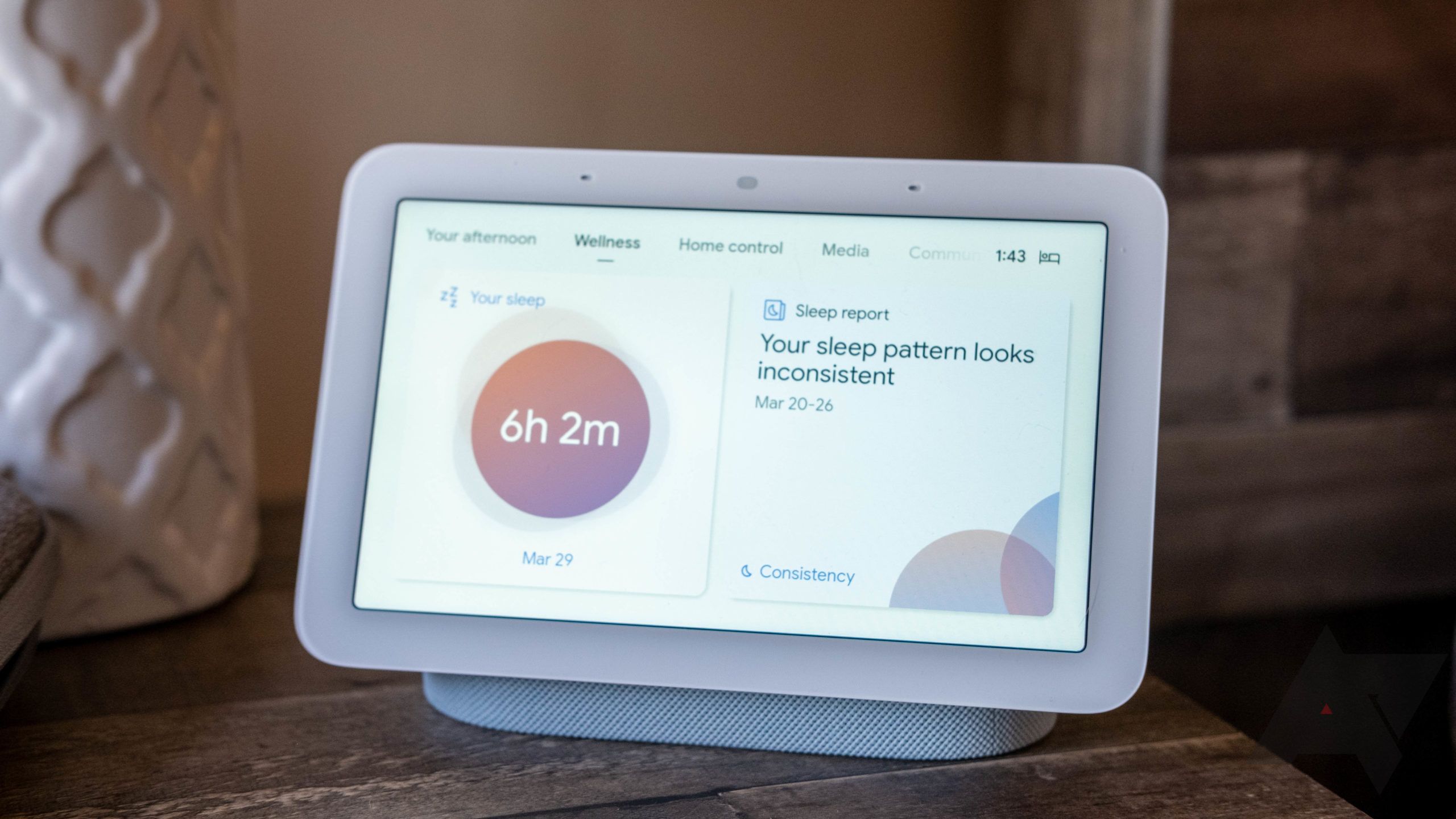
Don't turn down eBay's 15%-off deal for the new Nest Hub, Google Wifi, and tons more smart tech
Kick off summer in style with deals on a ton of gadgets
It's been a while since eBay last held one of its big sitewide sales, but that doesn't mean you can't score some big savings. To kick off the start of summer, eBay is offering major discounts on nearly 100 products across the site, including a ton of gadgets that are probably on your wish list. From Google's smart home gear to customizable lights for your home, there's a little something here for everyone.
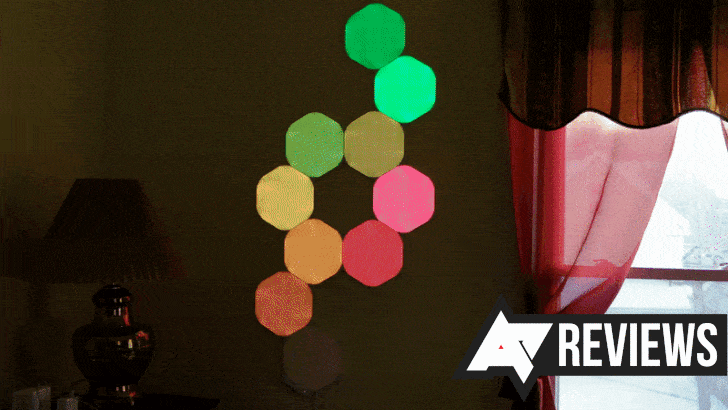
Nanoleaf shapes review: Hexagons are the bestagons, but the app needs work
Much like the number of corners on these tiles, the app is a 6 at best
At this point, Nanoleaf is pretty well known — if not by name, at least from the geometric shapes in the background of countless YouTube videos and Twitch streams. We've all seen them, curiously Googled them up, and been shocked at the price tag. But these aren't some cheap Assistant-compatible smart bulb; they're wall-mounted art pieces with smart home functionality. So, are they worth it? If you can stomach the cost and the bad app, we think so.
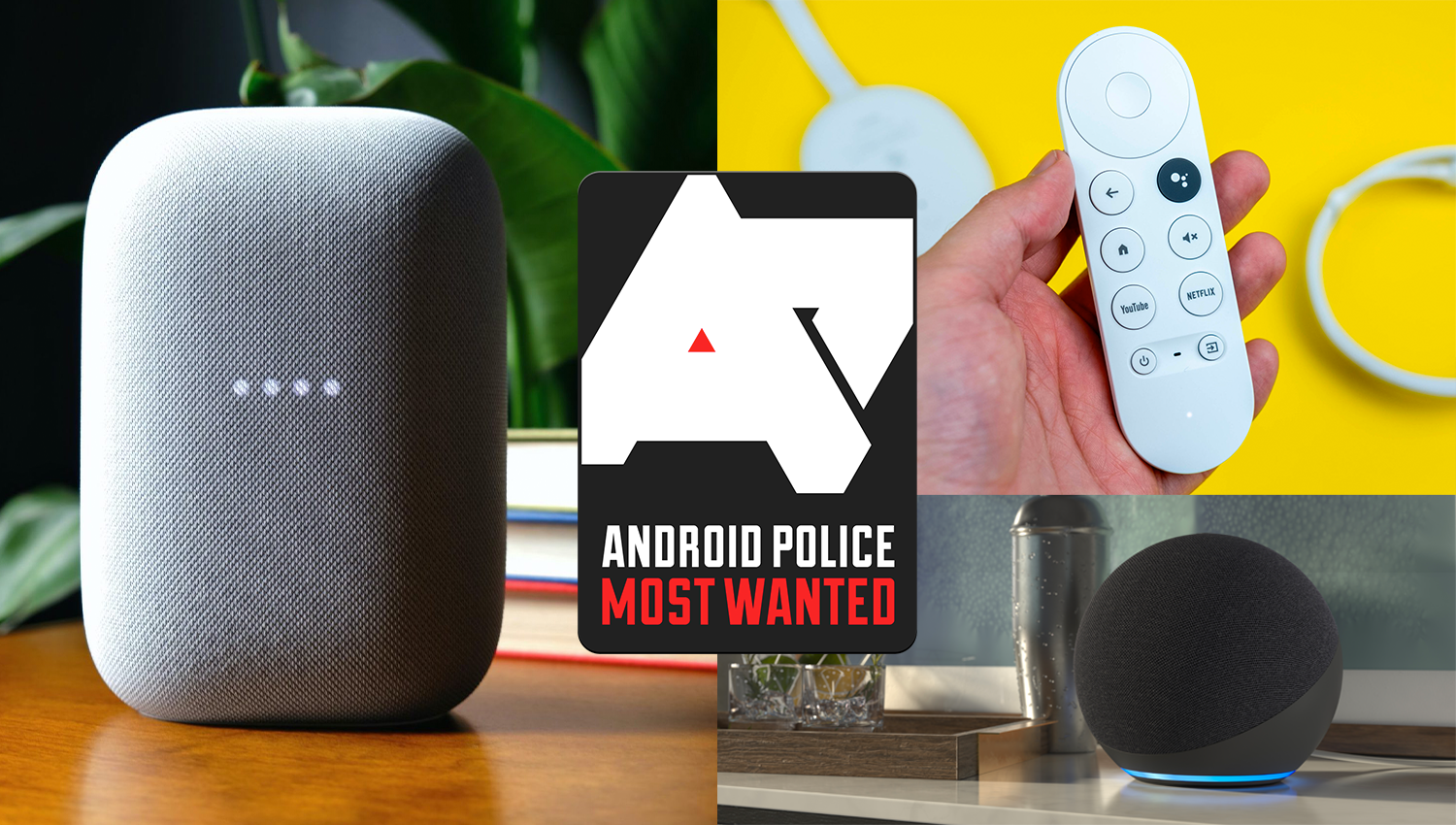
The best smart home devices you can buy right now (Fall 2020)
From voice assistant speakers to robot vacuums, and everything in between
Read update
Millions of homes now contain a smart assistant speaker of some variety and sales of IoT products continue to grow as the market matures and prices come down across the sector. With so many options available, it's hard to know what to buy, and that's where we come in — this is a selection of our favorite smart home gadgets. Whether you want to just dip your toes in the water with a cheap Google Nest Mini or dive into the deep end with smart lights, cameras, thermostats, doorbells, and so on — we’ve got you covered.
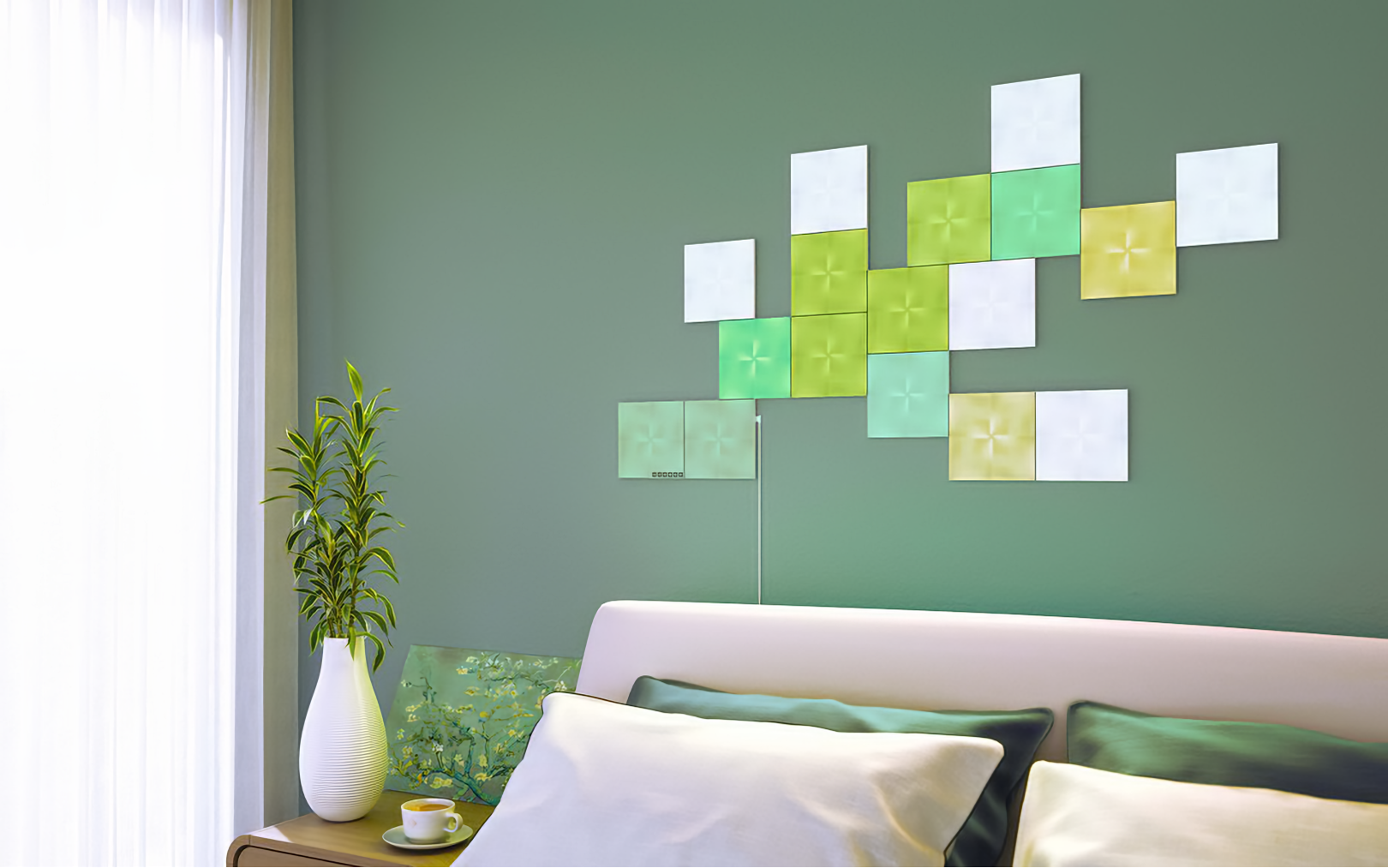
Smart lighting startup Nanoleaf burst onto the scene in 2013 with a mission to create environmentally conscious smart lighting solutions. Although its first Kickstarter-backed product was an ultra-efficient LED lightbulb called the Nanoleaf One, it was the Aurora (triangular) and Canvas (square) wall-mounted lights that really made the company stand out. This year, Nanoleaf has announced plans to finally let users mix and match their favorite shapes to create unique LED designs.
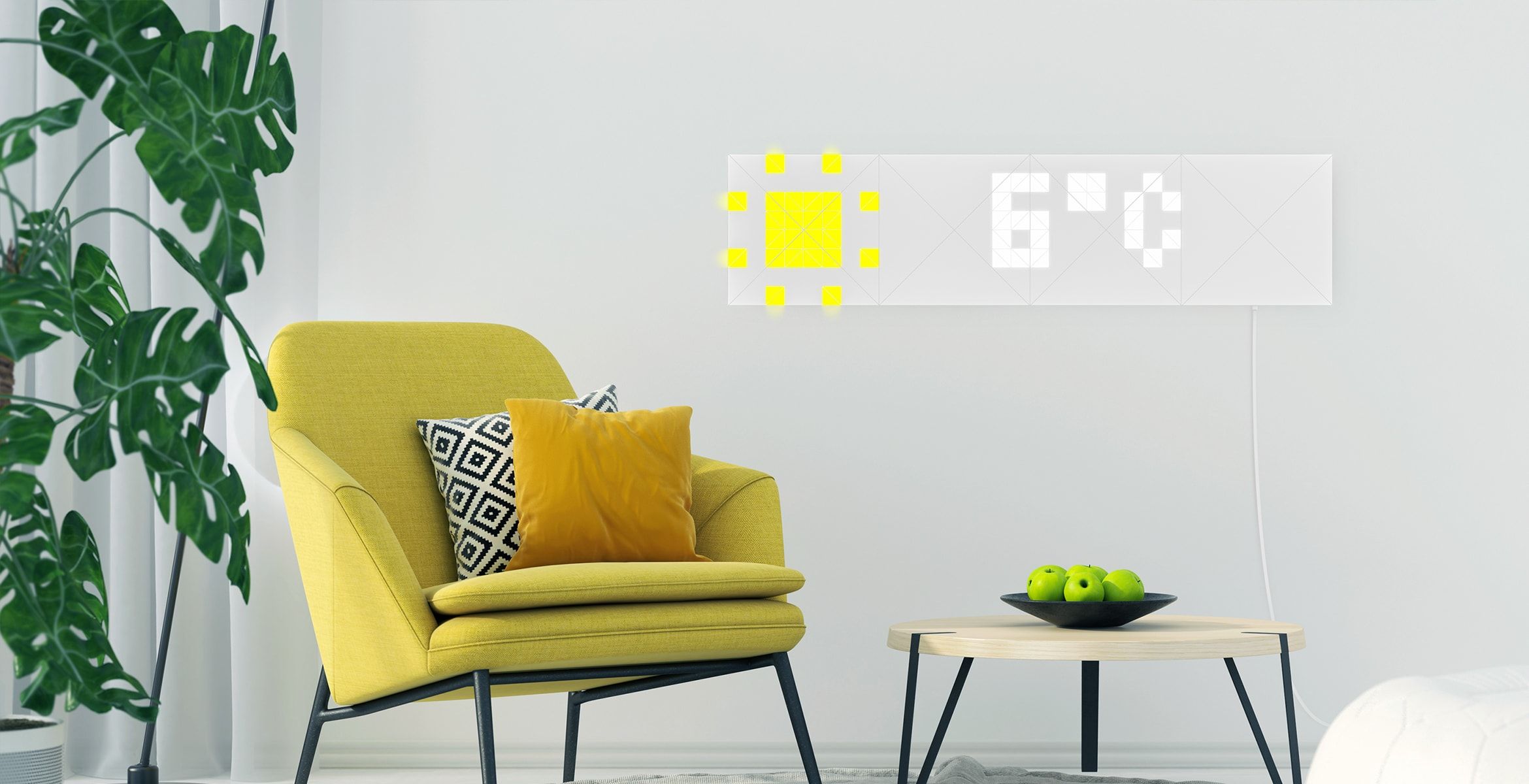
Over the past few years, Nanoleaf has become the go-to source for a very particular kind of home decor: wall-mounted LED smart lights. It was only a matter of time before that industry started getting more crowded though, and thus we now have LaMetric Sky, a smaller version of Nanoleaf that differentiates itself by broadcasting information including social media counts, sales figures, and the weather.The LaMetric Sky - which is on view at CES 2019, but hasn't got a launch date yet - offers up panels with 32 triangular patches of light. While a single set won't cover as much space as most Nanoleaf configurations, the size of the triangles does offer a pleasing, stained glass-like quality to the Sky creations. Like Nanoleaf panels, LaMetric Sky panels connect to Wi-Fi and are controlled via mobile app. In the app, users can create their own designs or choose from an option in the open-source library. The lights can also be controlled via Siri, Amazon Alexa, and Google Assistant, or through LaMetric's first product, Time (a Wi-Fi clock).What's really interesting, though, is the data broadcasting function mentioned above, which puts Sky somewhere between Nanoleaf and products like Smiirl, a social media counter gizmo. As is possible with the LaMetric Time, users can create their own data sources, making it possible to get creative with the data they're throwing on the wall.With the ability to broadcast live data and positive reports from CES bloggers, Sky might have a fighting chance of winning over some Nanoleaf buyers - that is, if it launches in a timely fashion, and at the right price. For now, there's no information on either of those important factors, so all we have is a (pretty) prototype.Source: LaMetric
Like Nanoleaf panels, LaMetric Sky panels connect to Wi-Fi and are controlled via mobile app. In the app, users can create their own designs or choose from an option in the open-source library. The lights can also be controlled via Siri, Amazon Alexa, and Google Assistant, or through LaMetric's first product, Time (a Wi-Fi clock).What's really interesting, though, is the data broadcasting function mentioned above, which puts Sky somewhere between Nanoleaf and products like Smiirl, a social media counter gizmo. As is possible with the LaMetric Time, users can create their own data sources, making it possible to get creative with the data they're throwing on the wall.With the ability to broadcast live data and positive reports from CES bloggers, Sky might have a fighting chance of winning over some Nanoleaf buyers - that is, if it launches in a timely fashion, and at the right price. For now, there's no information on either of those important factors, so all we have is a (pretty) prototype.Source: LaMetric
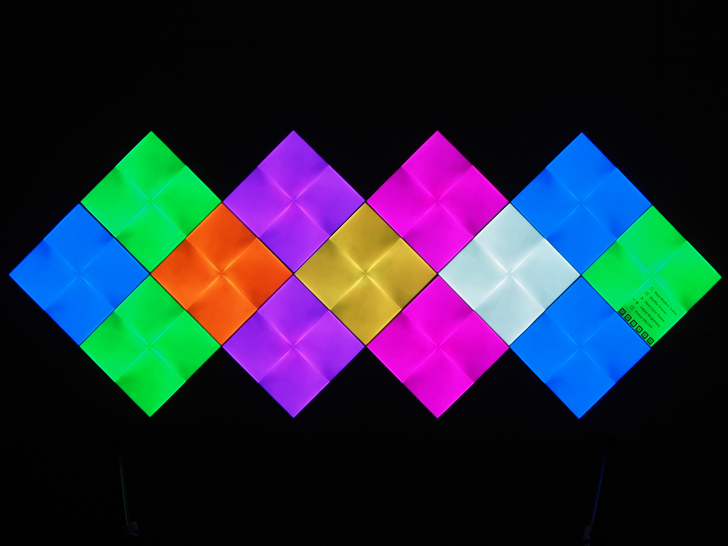
Over the past couple of years, Nanoleaf has made a name for itself as the brand for cool, funky, unusual, and colorful smart lights. I dubbed its Aurora panels "the coolest and most extravagant smart lights you can own" when I reviewed them, and they're still just as awesome as they were back in 2017. But you can't sit still while the world moves on, so Nanoleaf is back again with the Canvas.Square tiles with multiple connection points replace the triangle ones, but the real advantage is in the touch reactivity and built-in Rhythm mode that follows your music. The Canvas are better than the Aurora in almost every way, but they're also more expensive. Read on for my full review.
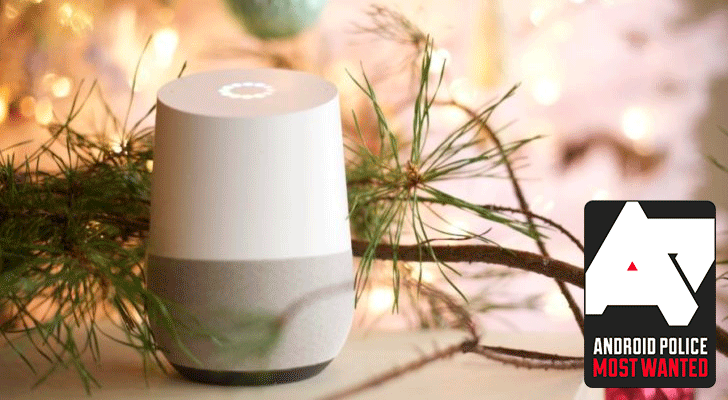
One of the biggest trends in consumer technology over the last few years has been the rise of the smart home. The number of different device categories that now make up the 'Internet of Things' (IoT) has grown immensely, with connected appliances now found in many households across the US and beyond.The smart home was once an expensive hobby for tech-fiends only but has now become an affordable aspiration for normal people. You can get started for less than $30 these days, with some lights or a smart switch that can connect to your Wi-Fi network and be controlled with your phone. If you want to go all in, you could end up spending thousands on the connected home of the future.With so many different products available, the smart home sector can be a little daunting. So let's break down the key categories and take a look at some of the best options in each one.







